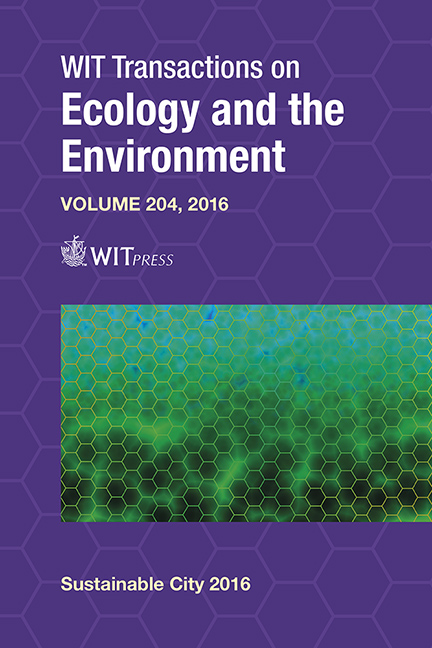A Case Study Based Approach To The Integration Of Sustainable Design Analysis, Performance And Building Information Modelling
Price
Free (open access)
Transaction
Volume
204
Pages
12
Page Range
931 - 942
Published
2016
Size
1,707 kb
Paper DOI
10.2495/SC160761
Copyright
WIT Press
Author(s)
B. Ceranic, M. Faulkner, A. Dean, D. Latham
Abstract
This paper presents a case study based research of both the method and technology for the integration of sustainable design analysis (SDA) and building information modelling (BIM) within smart built environments (SBE).
Level 3 BIM federation and integration challenges are recognised and improvements suggested, including issues with combining geometry and managing attribute data. The research defines SDA as rapid and quantifiable analysis of diverse sustainable alternatives and ‘what if’ scenarios posed by a design team and client during the early stages of the project, where the benefits of correct decisions can significantly exceed the actual investment required.
The SDA concept and BIM integration findings are explained through a convergence from conceptualisation to calculation stages, emphasising the importance of an iterative over a linear approach. The approach allowed for a multitude of “what if” scenarios to be analysed, leading to more informed sustainable solutions at the right stages of the project development, with a generally lower level of detail (LOD) and computational/modelling effort required. In addition, the final stage of Building Regulations Part L compliance calculations was reached with a lot greater level of certainty, in terms of its requirements.
Finally, a strategy for long term performance monitoring and evaluation of the building design in terms of its environmental sustainability is presented, via integration between BIM and SBE (Smart Built Environment) technologies.
Keywords
building information modelling, sustainable design analysis, smart built environments, integration





